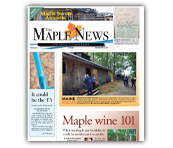BACK TO HOME
Cornell Corner
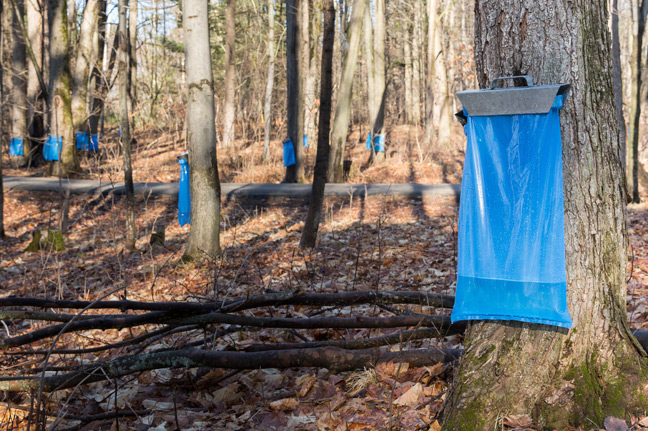
Planning for a sustainable future for U.S. maple
Michael Farrell | November 2015
The past ten years been a tremendous time for the entire maple industry. We have seen massive expansion in taps and the yields per tap have been steadily rising. Markets for syrup have been growing and prices have been relatively high and stable. However, we must also realize that much of our growth has come about due to wise investments made in the past. [ MORE ]
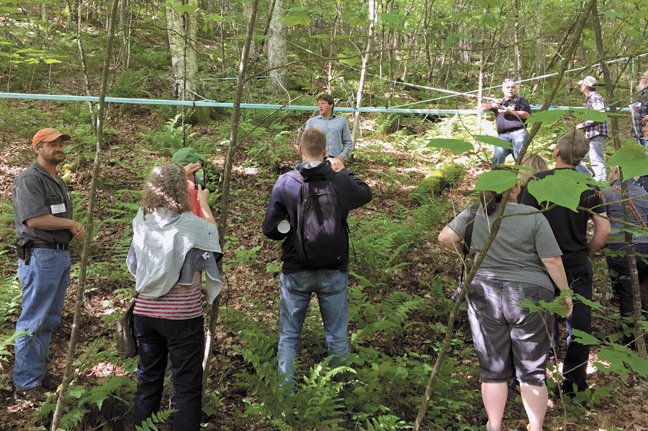
First international birch conference a success
Michael Farrell |
This past June nearly 70 current and potential birch sap and syrup producers from all over the world got together for 3 days at Paul Smiths College in the heart of the Adirondacks to network and share information. There were plenty of existing maple sugarmakers from the northeast who are already producing birch syrup or thinking of doing so along with birch sap and syrup producers from Alaska, nearly every Canadian province, eastern Europe and Russia. [ MORE ]
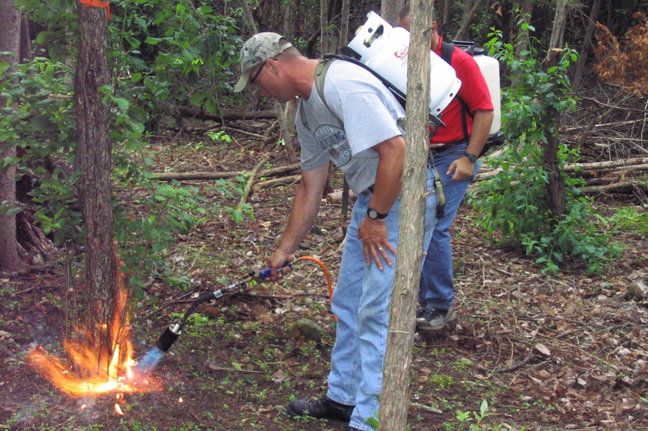
Some strategies to control American beech
Peter Smallidge |
American beech and many other native and non-native woody plants can dominate a woodland, exclude or limit the regeneration of desired plant species, and limit the biodiversity of the site. In high abundance, these species can complicate access for maple producers. Often these interfering species gain dominance because of selective deer browsing of desired plant species, and prolonged deer pressure can create a legacy effect that persists even if deer impacts are controlled.
[ MORE ]

Update on Cornell tests on 3/16” maple tubing
By Stephen Childs NYS Maple Specialist |
During the 2014 maple season the Cornell Maple Program conducted three demonstration sites using 3/16” maple tubing. Each demonstration site was set up in the month of February and tapped the last week of February. The first sap run occurred on March 10th. The demonstrations were set up to compare sap yield from a new 5/16” lateral line with 8 taps using 5/16” standard black check valve spouts on new 5/16” drop lines with sap yield from a new 3/16” lateral line with 8 taps using 5/16” standard black check valve spouts on a new 5/16” drop lines for 8 inches then fitted to 3/16” drop line.
[ MORE ]
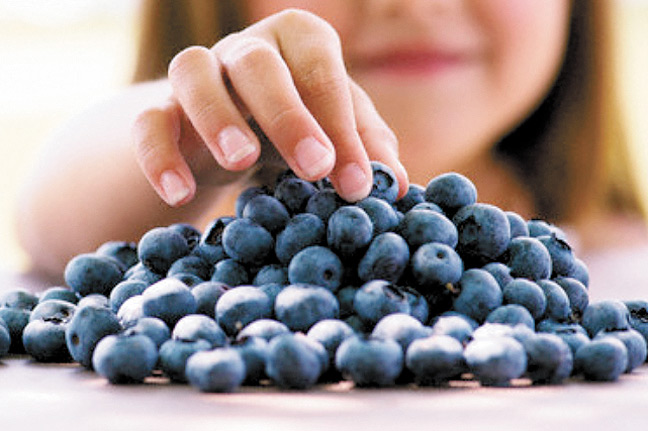
How joint marketing can help the maple industry
Michael Farrell |
At the most recent meeting of the International Maple Syrup Institute and North American Maple Syrup Council in Nova Scotia, the IMSI brought in Ellen LaNicca to speak about joint marketing efforts in the agricultural sector. [ MORE ]
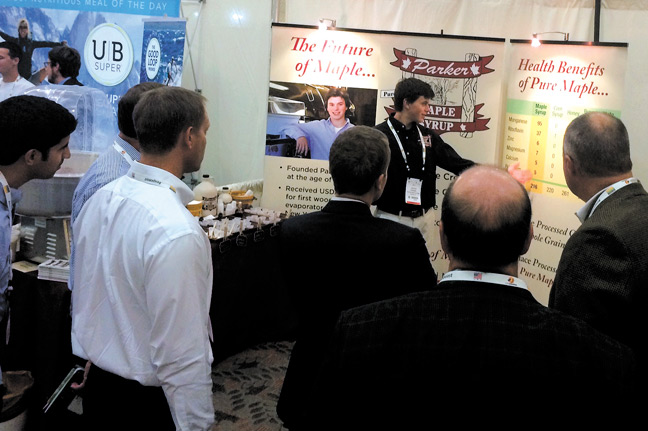
Highlights from 2014 Natural Products EXPO East
By Michael L. Farrell |
This September I had the fortunate opportunity to attend Natural Products EXPO East, one of the largest trade shows in the country focused on natural foods and related items. [ MORE ]
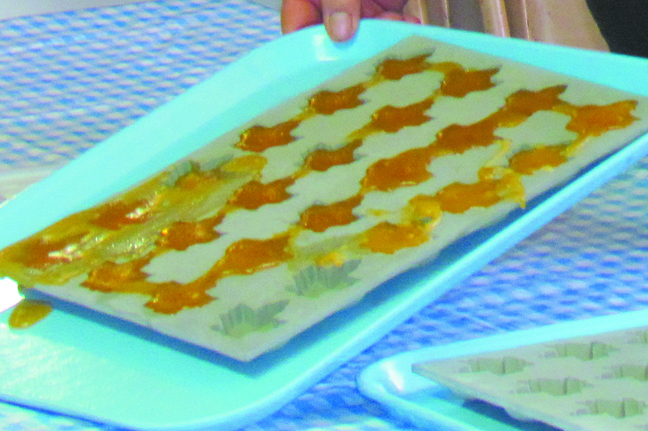
Factors that influence crystal size in maple products
Stephen Childs |
A very important factor in making quality maple value added products is to size sugar crystals so the product feels great to the customers’ mouth. For some products such as maple candy and maple cream a very smooth mouth feel is preferred by most customers. If making maple granulated maple sugar a grainier texture is preferred. Unfortunately it is much easier to make grainy textured creams and candies than smooth textured due to the extra attention required to make sure a smooth texture is accomplished. [ MORE ]
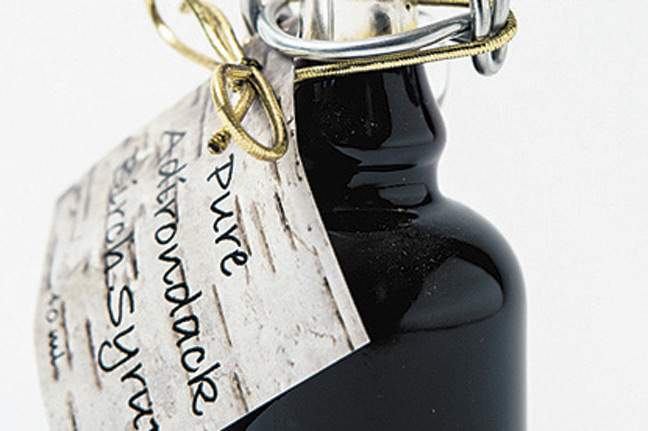
Weighing pros, cons of producing birch syrup
Michael Farrell |
Although many sugarmakers have heard that you can tap birch trees, very few of us have actually tried to produce birch syrup, and folks who have boiled down some birch sap have mostly had negative experiences. The sugar content of birch is much lower than maple sap (usually between .5-1 brix), so it takes a very long time to boil it down, especially when it’s done on a small scale without efficient processing technologies. [ MORE ]





























